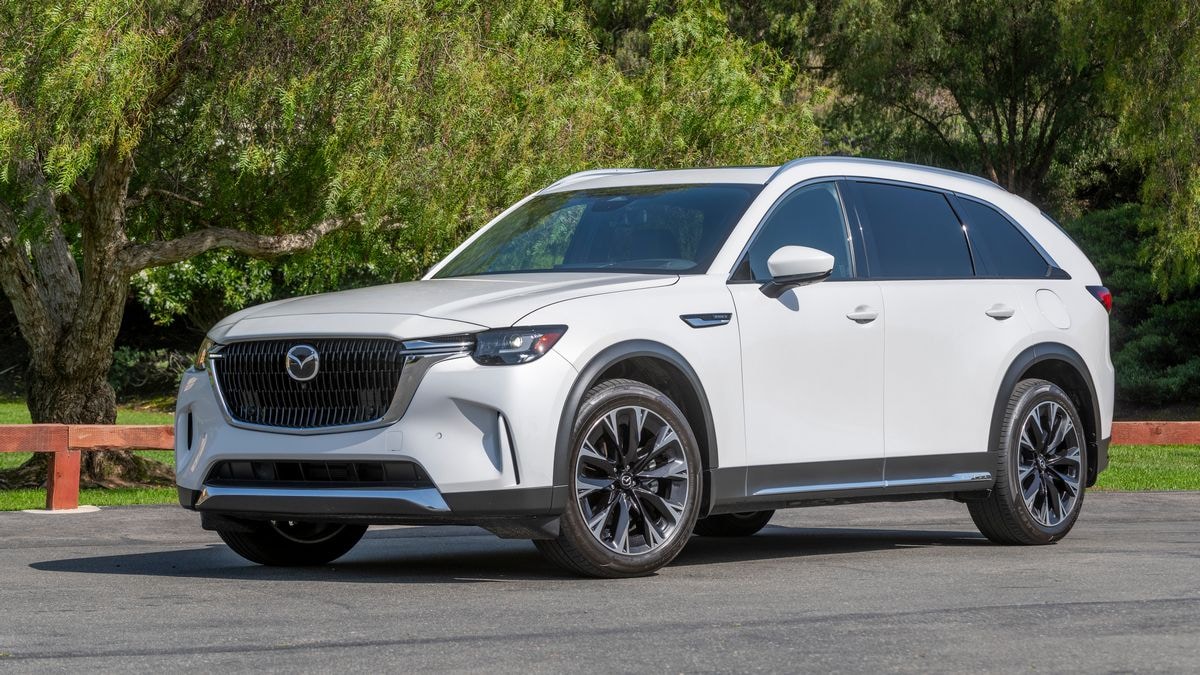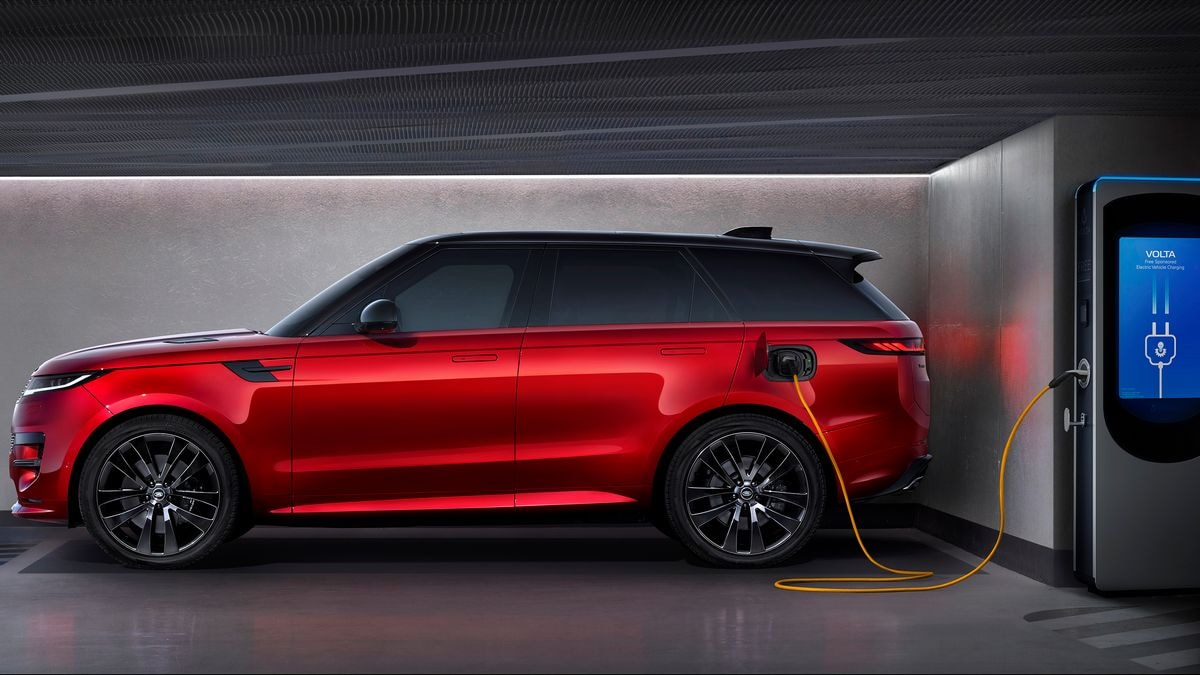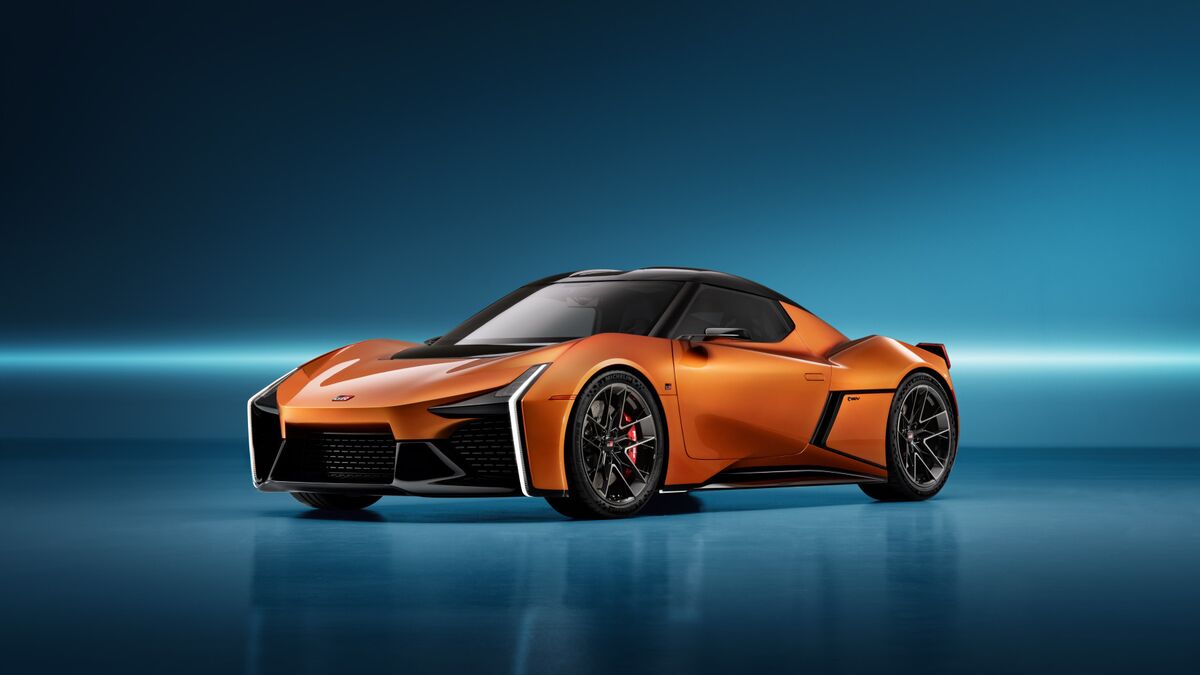Some Americans want gas-powered cars for their convenience, wide selection, and long-proven nature. Others want electric cars for their cutting-edge technology, lower carbon impact, and stunning acceleration. And, the auto industry says, there’s an in-between step for people who want a mix of both: the plug-in hybrid (PHEV).
Related: What Is a Plug-In Hybrid?
That middle step, however, is not catching on, according to a new study. J.D. Power finds that “Despite heavy marketing pushes and high-profile introductions of new models, PHEV sales are not yet making a significant dent in total auto industry market share.”
What Is a PHEV?
Most of us are familiar with the idea of a hybrid car. A plug-in hybrid is similar but with a critical difference that can make owning one a very different experience.
A traditional hybrid has both an electric motor and a gasoline engine. It uses the electric motor up to a certain speed – usually around 25 mph – and then the gasoline engine to go faster. It recharges its battery from regenerative braking.
Related: Electric Cars, Hybrids, and Plug-in Hybrids Explained
The result, in day-to-day use, feels like owning a particularly fuel-efficient gas-powered car.
A plug-in hybrid also uses both an electric motor and a gasoline engine. But it can travel at highway speeds and beyond on electric power alone. It doesn’t need to start its gasoline engine until its battery is almost depleted. Most can travel somewhere between 20 and 40 miles on electricity alone. They recharge their batteries from regenerative braking but can also be plugged into a wall outlet.
The result, in daily use, feels like owning an electric vehicle (EV) for around-town driving and a gas-powered car for longer trips.
In theory, PHEVs should free owners from worries about range and charging infrastructure. If owners keep them charged for daily duty, they can be confident they have almost the same carbon footprint as an electric vehicle (EV) user. But they can also drive as far as they need to without using public chargers at all, just depending on gas stations for long-distance driving.
Related: Plug-in Hybrid Range – A Chart
It sounds ideal. So why isn’t it catching on?

Low Market Share, High Prices, Low Customer Satisfaction
“Despite recent efforts by manufacturers to pivot to PHEVs as a bridge to full EV adoption, PHEV market share remains below 2% of the total automobile market,” J.D. Power says. EVs, the researchers found, have a 9.4% market share. Traditional hybrids have another 10.7%.
Price is one reason. “The average customer-facing transaction price for a PHEV in the compact SUV category is $48,700,” the researchers found. That compares to $37,700 for a traditional hybrid and $36,900 for an EV in that segment.
But customer satisfaction is also low, according to the study. J.D. Power surveys owners and rates cars on a 1,000-point satisfaction scale. PHEVs, the researchers found, earned a 669 on average. Mainstream EVs earned 716. Luxury EVs earned 738.
Related: Best PHEVs of 2024 and 2025
Repair and maintenance costs are higher for a vehicle with, essentially, two powertrains, J.D. Power notes. The technology is new enough that there aren’t many older PHEVs, making their long-term ownership costs an open question.
They also lack much of the social cachet EVs have in some circles. “PHEVs are not discernably different in terms of style and design from their gasoline-powered counterparts, yet come at a steep premium, many consumers are not seeing a big enough difference in overall ownership experience to make them feel they are getting enough value for their money,” the researchers explain.

Is Anyone Plugging in Their Plug-in?
Experts also can’t tell how many PHEV owners are actually using their PHEVs to their fullest capability. If owners don’t keep them charged, they’re essentially just more expensive hybrids.
That puts some onus on dealers to explain them better.
Brent Gruber, executive director of the EV practice at J.D. Power, told industry publication Automotive News, “Dealers are the frontline educators in the EV space.” If PHEVs are going to prove a useful solution for more Americans, he says, “It needs to start with them.”








